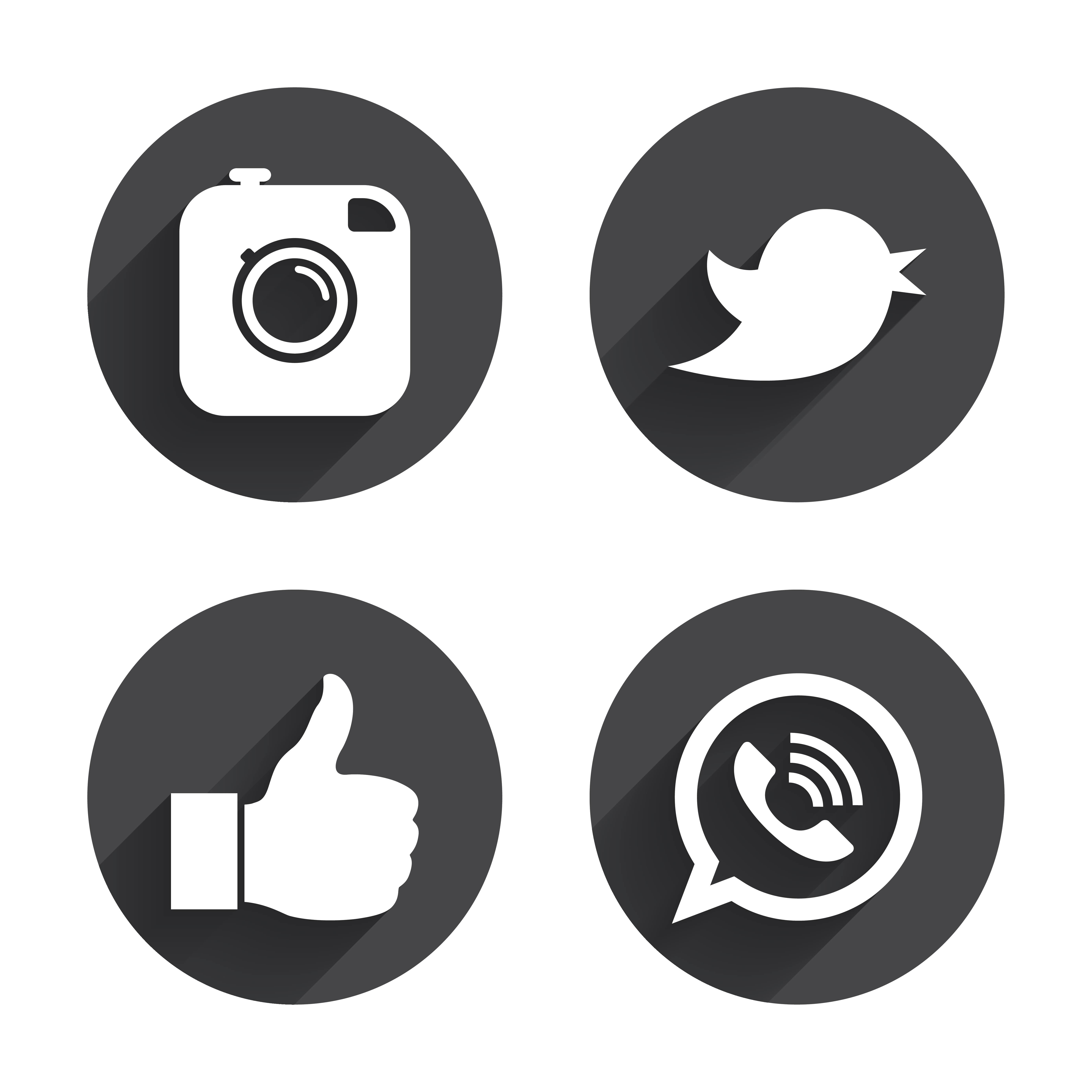There seems to be nothing stopping the rise of Instagram. The Facebook-owned photo sharing platform has quadrupled its monthly active users since 2013 ; there is no end in sight to its success.
Instagram announced its community had reached 400 million users globally at the end of last year, 14 million of which are in the UK. Instagram has grown its active user number by 18% since 2014, according to the Global Web Index. And since increasing its advertising offering, over 200,000 brands are using the platform each month.
And how it has grown! A reported 25,000 users signed up on the first day, and just two months after launching, Instagram had hit the 1 million user mark.
Visual content inspires self-expression
From the beginning Instagram’s attraction lay in the ease with which users could upload and share their photos, allowing the platform to carve out its niche as the picture sharing site. And what could be more irresistible than pictures that tell the stories of people’s lives?
A social network characterised by self-expression of its users rather than their networking, Instagram didn’t force users to add tags about people or places to their photos. A photo could be posted in as few as three clicks. By default Instagram became public, inspiring online communities around the world to interact and share their personal thoughts and feelings through photos.
Then there is the repository of images that allows you to “pin” or “repin” anything that you find interesting according to separate boards you can create: Pinterest. Often called a database of intention, it allows people to visually showcase their dreams and desires.
A recent study by Facebook explored the role of visual language in the lives of 13 to 24-year-olds in Australia, Brazil, Canada, France, Germany, the UK and the US, and tried to understand what it means to grow up in a world of constant connectivity.
According to the study, 63% of Instagrammers use Instagram to document their lives. Many document regularly, with 72% posting photos on the platform monthly. And they do it creatively, curating moments and artistically filtering their images to display life at its best.
Leveraging the power of content
This inexorable rise of visual-centric distribution channels, however, means brands are now under more pressure than ever to produce a regular stream of high-quality, authentic content. Which is where the explosion of camera-toting smartphones becomes more relevant.
Through Instagram, Pinterest and, of course, Facebook, we are increasingly sharing more of our lives and loves, not only with our friends and family but also with the brands and services that make up our daily lives.
According to the Internet Trends Report 2014, back in 2013 we shared 500 million pictures every day but, by 2014, that figure had mushroomed to 1.8 billion per day. That is 75 million every hour.
Sharing figures for 2015 have yet to surface but they are expected to pass the 1 trillion mark according according to the Internet Trends 2015 report, released by VC group KPCB. Even without that, it is already a landmark year as mobile internet usage overtook desktop for the first time.
The potential for user-generated content (UGC) is huge, and its growth shows no signs of slowing down. Far from it: the estimated 2.8 billion in-ternet users only account for 39% of the total global population. Meanwhile, less than half of the 5.8 billion mobile users currently have a smartphone.
What may once have been dismissed as a fad has now become an integral part of our everyday lives, with 80 million photos posted to Instagram daily and, on average, 350 million added to Facebook.
Until recently very few brands have understood the opportunities this deluge of content offers. Conversely, some marketers have reported seeing UGC – also know as earned content – as a threat rather than an opportunity.

